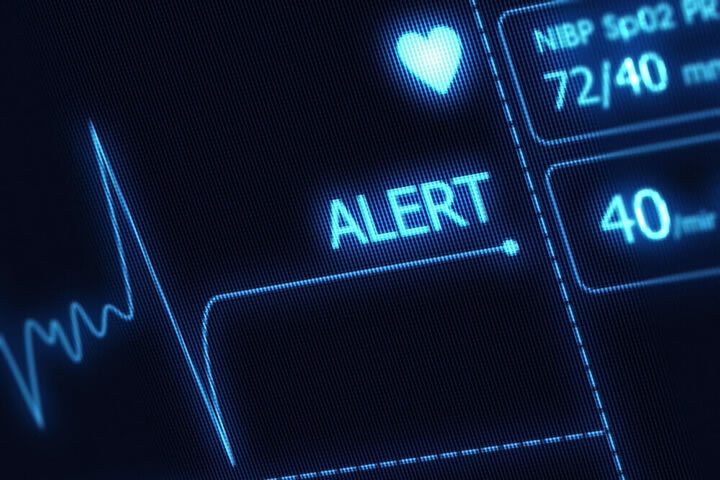Think of a scenario where you start CPR on a collapsed victim with conviction, but the person shows no response. Or the victim shows varying responses, and the emergency team has yet to reach the site. In such a situation, the most prominent thought is, “When to stop CPR?”
In emergency medical services, the decision to terminate cardiopulmonary resuscitation (CPR) on a victim is a critical aspect of patient management. Determining cessation involves skill and knowledge. You must constantly monitor signs of life and ensure the patient responds to your actions.
Read more about the side effects of CPR and signs to know when to stop CPR.
Are there any side effects to performing CPR?
Performing CPR (Cardiopulmonary Resuscitation) is generally safe, but there can be some side effects:
- Rib Fractures: Pressing down hard during chest compressions can sometimes cause rib fractures, but it’s a rare side effect.
- Bruising: Chest compressions might cause bruising, especially with much force.
- Vomiting: If the person receiving CPR regains consciousness, they might vomit. It is normal, but it can be messy.
- Fatigue: Performing CPR can be physically tiring, especially if it lasts long. It’s essential to switch with someone if you’re getting tired.
Remember, the benefits of CPR usually outweigh these potential side effects when trying to save someone’s life.
Read More: Chest Compression Dynamics
Signs when to stop cardiopulmonary resuscitation
It may get difficult to understand when to stop helping someone in ife trouble. When performing cardiopulmonary resuscitation (CPR), you should stop under certain circumstances:
- Professional Help Arrives: Once trained medical professionals, such as paramedics or emergency medical services, arrive and take over, you can stop CPR.
- Signs of Life: If the person shows signs of life, you should stop CPR. Assess for these signs regularly. If a victim begins breathing, continue CPR only for a few seconds and then lay them on their side.
- Too Exhausted to Continue: If you’re performing CPR and become too exhausted to continue effectively, it’s advisable to switch with someone else if possible.
- AED Analysis Advises to Stop: If an automated external defibrillator (AED) is available and recommends stopping for analysis, follow its instructions. Resume CPR after giving the shock.
- Dangerous Environment: You must stop CPR if your life falls in danger at any point. If you will not stay safe you cannot help others.
Vital signs to note when performing CPR
When you start CPR, you must constantly check for a few vital signs in the victim’s body. These signs allow you to assess the success of your efforts and the victim’s response. Take note of the below signs to ensure the safety of the victim.
- Checking Breathing:
- Look at the person’s chest for rising and falling.
- Listen for breath sounds near their mouth.
- Feel for air coming from their nose or mouth.
- No normal breathing indicates the need for CPR.
- Checking Pulse:
- Locate the carotid artery on the side of the neck using your index and middle fingers.
- Check for a pulse. If you detect no pulse, it signals the need for chest compressions.
- Checking Skin Color:
- Observe the person’s skin color, especially around the lips and nail beds.
- A bluish or grayish color may indicate a lack of oxygen and the need for CPR.
Remember, if the person is unresponsive, not breathing normally, and has no pulse, start CPR immediately. Call for emergency help, use an automated external defibrillator (AED) if available, and perform chest compressions and rescue breaths effectively to maintain oxygen circulation.
Read More: Adult and Infant CPR: Difference
Conclusion
As a bystander or healthcare professional it gets difficult to accept loss of life, especially if the victim belongs to your family. However you must understand when to stop CPR. You may need to do this in both situations; if the patient regains signs of life and even if they do not respond after several minutes of CPR. Take a CPR course today and know how to identify signs of life and distress. Keep your loved ones safe.













